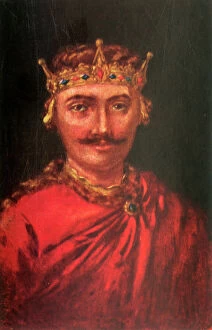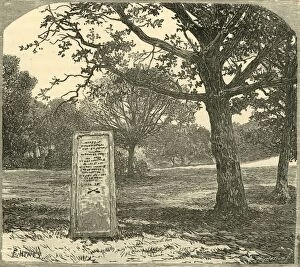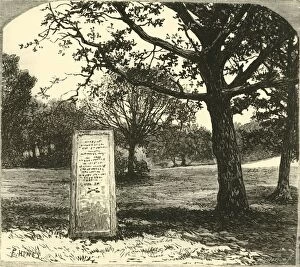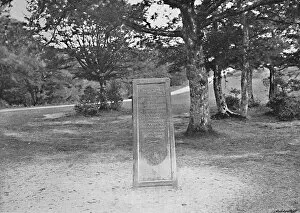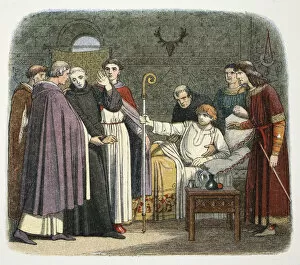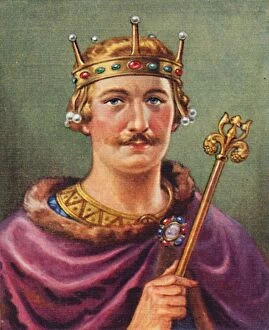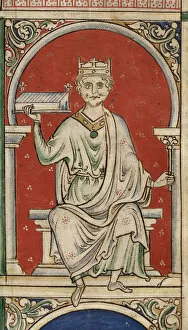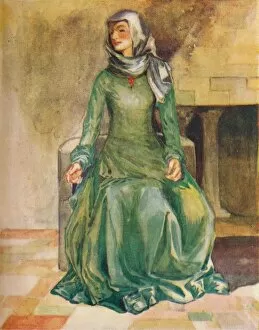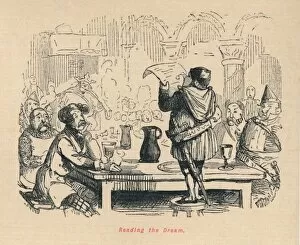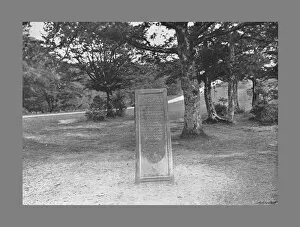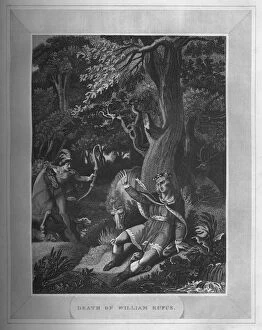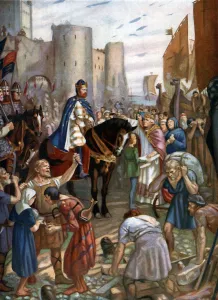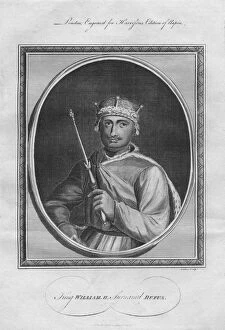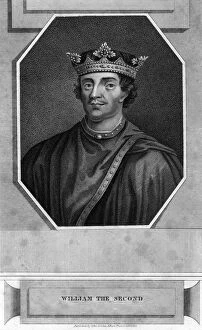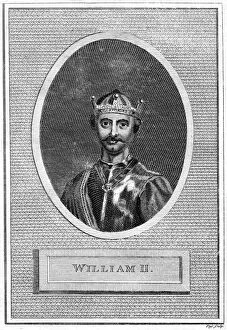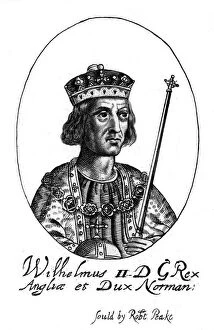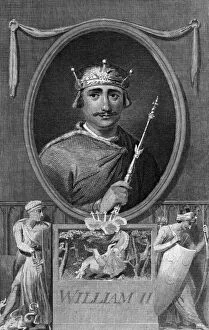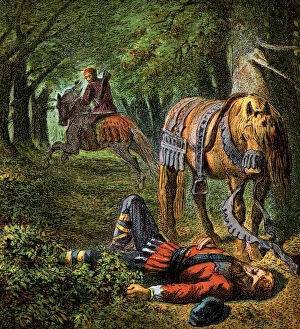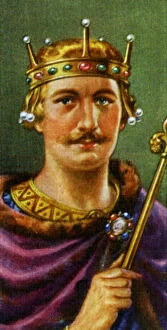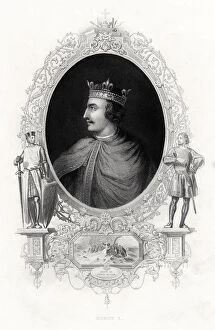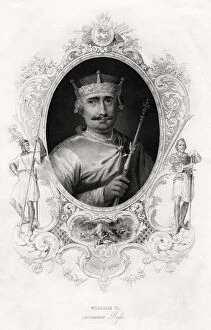William The Red Collection
"Remembering William the Red: A Controversial Legacy" In this captivating collection of historical illustrations
All Professionally Made to Order for Quick Shipping
"Remembering William the Red: A Controversial Legacy" In this captivating collection of historical illustrations, we delve into the intriguing life and untimely demise of William II, also known as William Rufus. The lithographic depiction from Hutchinson's Story of the British Nation transports us back to 1100, capturing the dramatic death scene that forever etched his name in history. The Chronicle of England BC 55 to AD 1485 presents another poignant portrayal of "Death of William the Red, " shedding light on a pivotal moment in English history. As we explore further, an enigmatic artifact emerges – Rufus Stone, its origins shrouded in mystery but serving as a lasting testament to this controversial figure. A glimpse into portraits spanning different eras reveals how artists sought to capture William II's essence. From an anonymous creator's rendition in 1830 to Poulton & Co. 's evocative interpretation in c1896, each portrait adds depth and intrigue to our understanding of this enigmatic monarch. Amongst these depictions lies a fascinating coinage representation from mid-19th century Ancient Coins series – showcasing how even currency immortalized King William Rufus' image for generations to come. Meanwhile, James William Edmund Doyle's artistic prowess brings forth a vivid portrayal of his tragic demise in "Death of William II of England. " Yet it is not only through art that we unravel his story; historical events such as Anselm's appointment as Archbishop by King William II provide crucial context for understanding their complex relationship. And finally, Matthew Paris' Historia Anglorum offers yet another perspective on this multifaceted ruler who left an indelible mark on medieval England. As we reflect upon these diverse representations and narratives surrounding him, let us remember King William Rufus – a man whose reign was marked by controversy and whose legacy continues to captivate historians and enthusiasts alike.

